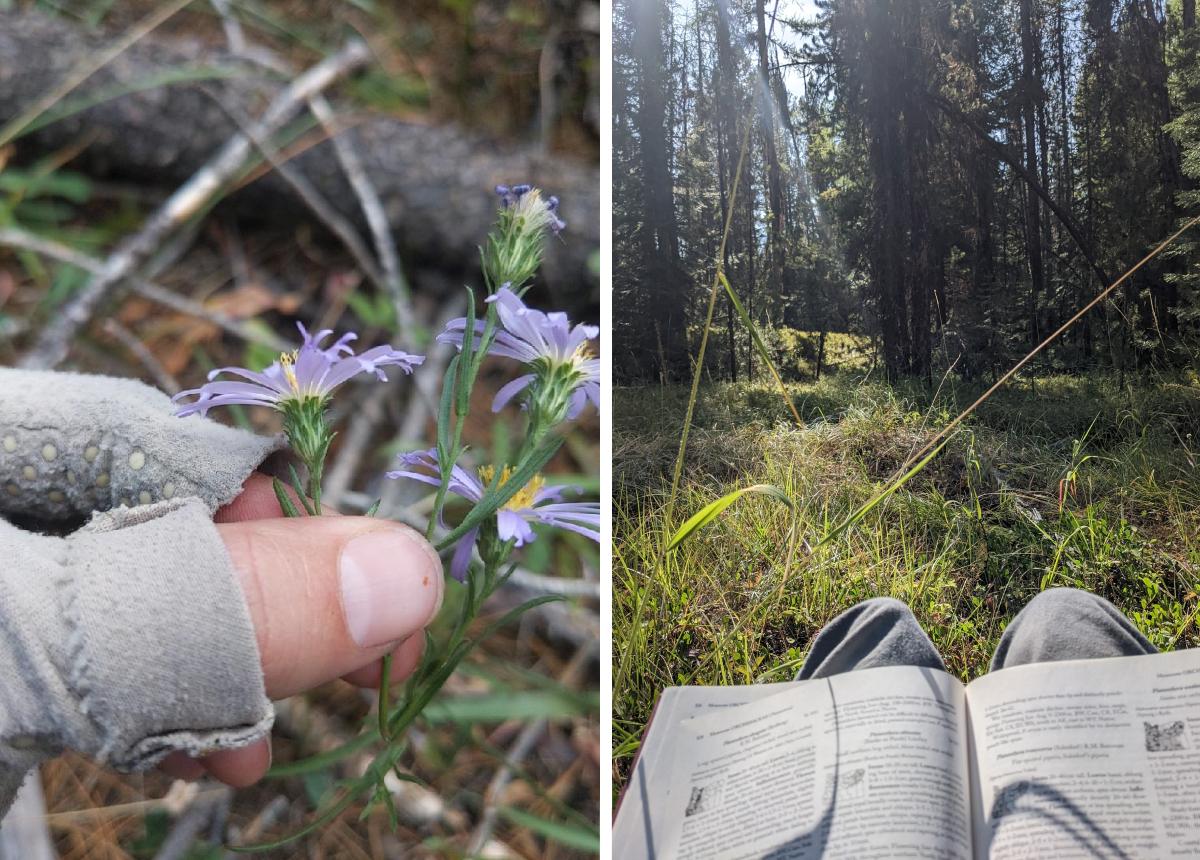Seeing the Forest Under the Trees
Sun, December 04, 2022

Earlier in my career in ecology, I focused in botany, first in tropical Australia and then in the rangelands and forests of the western U.S. I have always loved the satisfying puzzle of identifying plants: querying your knowledge base, books, and databases until you arrive at a clear answer. This practice led me to appreciate whatever plant I had examined – its uniqueness, the intricacy of its physical form, and the amazing evolution that led to its particular genetic relationship to other plants.
When my career led me to an increased focus on forestry, I maintained my appreciation for understory plants. The projects that release my inner plant nerd are among my favorites, of course – vegetation mapping on Whidbey Island, rare plant surveys in arid Oregon, or a restoration study on the Washington coast. In these projects, both the trees and understory plants play roles, and I get to further my understanding of their relationships to one another.
In other forestry projects, it can be easy to look only up, ignoring the greenery beneath your feet. It’s necessary, certainly, when the project objective is overstory management, and one must be efficient in their time in the field. The potential monetary value in trees and their outsized role as environmental engineers – shaping the environment in which other organisms live – tend to gravitate work in forest ecology to the trees. Trees define a forest, after all.
So I write this post about understory plants not to dig at trees, but simply to share my love for what lies beneath them. Frank Gilliam’s 2007 article, “The Ecological Significance of the Herbaceous Layer in Temperate Forest Ecosystems,” is a pleasant-to-read summary of why understory plants matter to the forest. Among the reasons are biodiversity (often > 95% in Pacific Northwest coniferous forests), rapid nutrient cycling, and their influence on tree regeneration and resulting forest composition. Quantifying these roles in the forest is challenging ecological science, and one I’ve been proud to contribute to. At the same time, when visiting a forest with lush, varied undergrowth, I think you can just sense the dynamic biological functions at work, without counting anything.
Taking some time, when you have it, to examine some of the plants on the ground floor may re-invigorate your sense of the immense complexity of our natural world. A single leaf has geometric veins, a margin (toothed or entire), a relationship to other leaves, a size, a color on the top and a color on the bottom, phenology, defense mechanisms, etc., etc. And that’s just what you can see on the outside! Appreciating understory plants – even if not the focus of many forestry projects – allows us to keep a broad perspective. It allows us to see the forest that lies under the trees.

